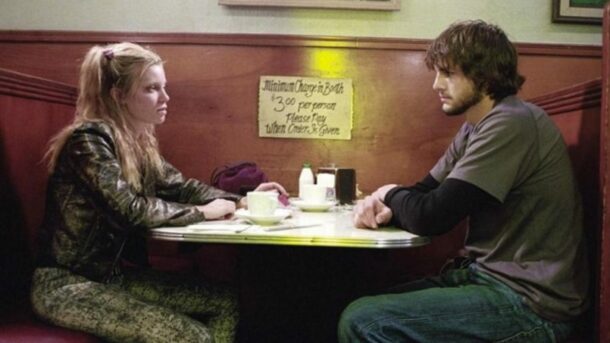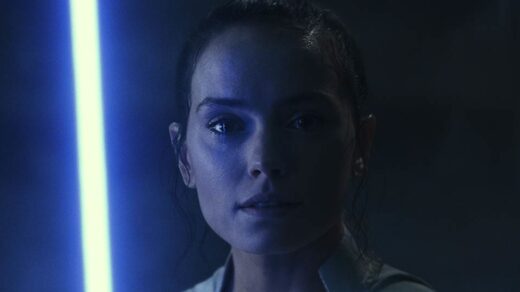You’ve probably seen your fair share of confusing time travel movies, where intricate timelines and paradoxes make your head spin faster than a DeLorean hitting 88 miles per hour. Time travel can make a movie interesting, but it can also really muddy up a plot, making it unnecessarily complex.
Thankfully, the following guide is here to make things clearer for you and your fellow filmmakers. By the time you finish reading this, you’ll be armed with the knowledge and tools to use time travel as an exciting storytelling element without making your audience scratch their heads in confusion.
As we explore the realm of movies and the time-bending tales they weave, we’ll unveil the secrets behind crafting narratives that are as engaging as they are comprehensible. Say goodbye to the days of convoluted plotlines and say hello to the art of storytelling that captivates and intrigues without the confusing time travel movies label.
The Basics of Time Travel in Film
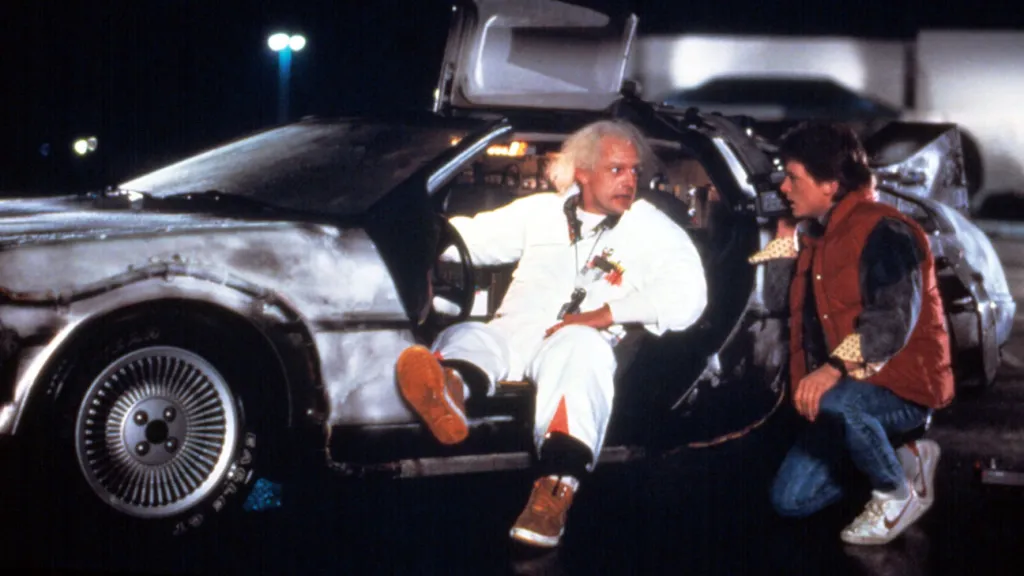
Defining Time Travel in Movies
Let’s kick things off with a definition. In the world of cinema, time travel isn’t merely a science fiction concept; it’s a powerful narrative tool that filmmakers use to transport their characters to different points in time. It’s the key to exploring the “what ifs” and “maybes” that keep audiences hooked. From Marty McFly’s adventures in “Back to the Future” to the mind-bending journeys in “Inception,” time travel often serves as a magical gateway to intrigue and wonder.
The Allure of Time Travel as a Storytelling Element
What’s the secret sauce that makes time travel so compelling in movies? It’s the promise of endless possibilities. The ability to alter the past, shape the present, or glimpse into the future adds layers of complexity to the storytelling canvas. It allows us to explore the butterfly effect and delve into the consequences of our characters’ choices. No wonder it’s a favorite ingredient in the filmmaker’s recipe book for creating memorable stories.
A Peek into Time Travel Classics
To set the stage, let’s take a quick look at some classic time travel movies that have left an indelible mark on the industry. “Back to the Future” (1985) brought the notion of time travel into the mainstream, blending humor and adventure. “12 Monkeys” (1995) captivated us with its dystopian take on time travel. “The Terminator” (1984) combined sci-fi and action in an unforgettable way. These classics have showcased the potential of time travel in films but have also set the bar high, making it challenging for modern filmmakers to stand out without creating confusing time travel movies.
Whether you’re a seasoned filmmaker looking to master the art of time travel or a cinephile curious about the magic behind your favorite time-bending films, this post will serve as your ultimate guide to understanding, appreciating, and using time travel as a storytelling element in a way that’s both engaging and accessible, sparing your audience from the confusion that often plagues time travel movies.
Common Pitfalls of Confusing Time Travel Movies
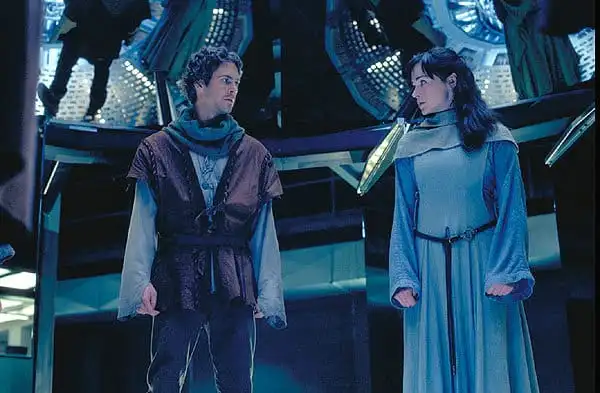
Unraveling the Confusion
It’s not uncommon for even the most seasoned filmmakers to stumble into the pitfalls of creating confusing time travel movies. The complexity of time travel narratives can sometimes lead to audience frustration and befuddlement. Imagine a plot where events seem to change without rhyme or reason, and you’re left questioning the movie’s internal logic. Confusion can stem from unclear storytelling or a lack of defined rules within the movie’s universe.
The Importance of Clear Rules and Consistency
One of the primary culprits in creating confusing time travel movies is the absence of well-defined rules and consistency. When the audience can’t grasp the mechanics of time travel in your story, it’s easy for them to become lost and disengaged. The key to overcoming this pitfall is establishing clear parameters for how time travel works in your film’s world. These rules serve as a guiding compass for both the characters and the audience, ensuring that everyone remains on the same page.
Case Studies in Confusion
Let’s take a moment to examine a few films that fell into the trap of becoming confusing time travel movies. “The Butterfly Effect” (2004) offered a fascinating premise but muddled its storyline with frequent changes in the protagonist’s past. “Timeline” (2003) struggled to maintain a cohesive narrative, with the characters’ actions creating more questions than answers. These examples illustrate how even promising concepts can go awry without proper planning and execution.
As we delve deeper, we’ll not only explore the pitfalls but also reveal the secrets to avoiding them. You’ll learn how to craft a compelling time travel story that keeps your audience engaged and invested, steering clear of the confusing time travel movie traps.
Crafting a Coherent Time Travel Story
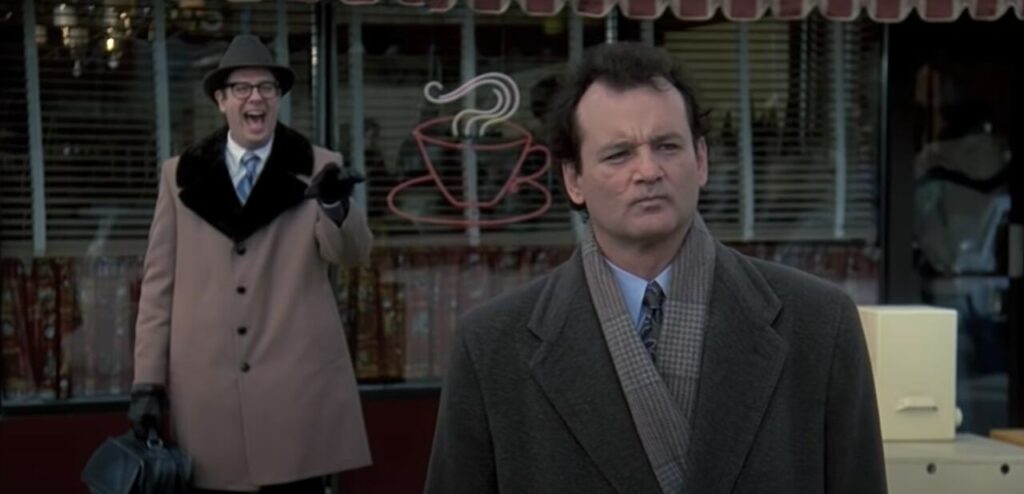
Emphasizing Plot and Characters
When it comes to mastering the art of time travel in film, your plot and characters are your North Star. To avoid creating confusing time travel movies, focus on creating a compelling narrative with well-developed characters. The audience should be emotionally invested in their journey, making it easier to follow the twists and turns of time travel.
Setting Clear Rules and Limitations
Remember that time travel doesn’t exist in the real world, so it’s crucial to establish a set of rules within your film’s universe. These rules act as guardrails, ensuring that your story stays on track. When the audience understands the limitations and consequences of time travel in your film, they’ll be better equipped to navigate the narrative without feeling lost.
Learning from the Greats
To understand how to craft a coherent time travel story, we can draw inspiration from films that have done it brilliantly. Check out some of the films we’ve previously mentioned and will go on to discuss. Both the great time travel flicks and the confusing time travel movies can help instruct you on how to best structure and use time travel as a plot device.
By learning from the greats and embracing the principles of strong storytelling and world-building, you can create a time travel movie that captures the imagination without causing confusion. In the next sections, we’ll dive even deeper, exploring how to maintain a layer of complexity in your stories while also crafting a movie that audiences can follow, understand, and enjoy.
Navigating Complex Story Structures
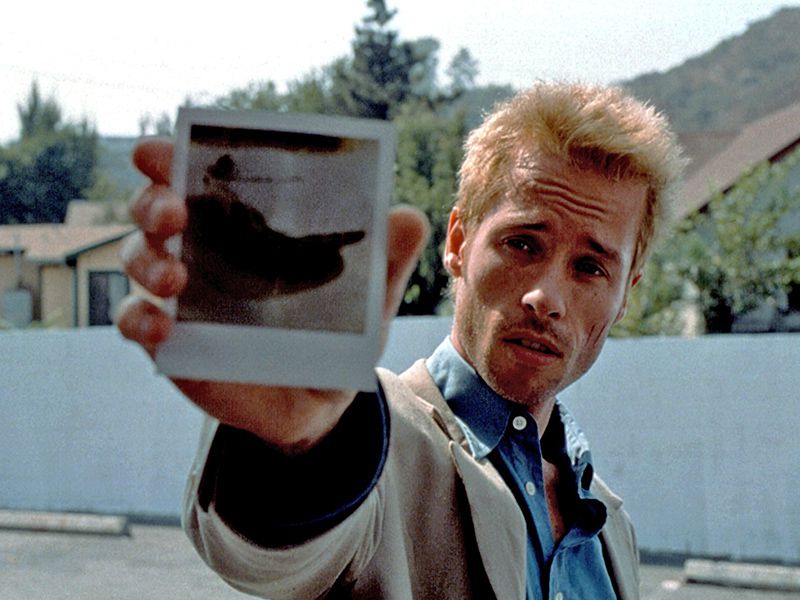
Embracing Non-Linear Storytelling
In the realm of time travel, the non-linear narrative is your best friend. It allows you to weave intricate tales while maintaining clarity. Instead of presenting events in a linear fashion, you can jump between different time periods, creating a mosaic of storytelling that keeps the audience engaged. Movies like “Memento” (2000) have masterfully used this approach to add depth to their narratives while avoiding the pitfalls of confusing time travel movies.
Keeping Your Audience Engaged
While non-linear storytelling can be a powerful tool, it’s crucial to ensure that your audience remains engaged rather than bewildered. This is where the art of pacing comes into play. Use a blend of flashbacks, flash-forwards, and present-day scenes strategically to maintain a sense of intrigue without losing your viewers in the time travel maze. It’s all about finding the right balance.
Learning from the Pioneers
To truly understand how to navigate complex story structures in time travel films, let’s turn to the pioneers of the genre. “Groundhog Day” (1993) is a perfect example of a film that tells a time travel story with a unique twist. By revisiting the same day, the film keeps its structure simple while exploring the endless possibilities within that framework. It’s a masterclass in storytelling that doesn’t leave the audience scratching their heads.
In Conclusion
We’ve revealed the importance of strong plot and character development as the foundation for your time travel story. Creating well-defined rules and limitations within your film’s universe is your compass to navigate through the complexities of time travel. Embracing non-linear storytelling, effective exposition, and visual cues keeps your audience engaged and informed.
Just like the time travelers in your favorite films, your journey as a filmmaker is ongoing. The world of cinema is ever-evolving, and mastering the art of time travel in storytelling is a thrilling endeavor. With the right tools and a dash of creativity, you can create narratives that captivate, entertain, and inspire, steering clear of the confusing time travel movies label.
Armed with this newfound knowledge, it’s time to put your creative visions into action. Whether you’re a budding filmmaker or a movie enthusiast, we encourage you to explore the possibilities of time travel in your storytelling. As you weave intricate tales and navigate the intricacies of time, remember that the journey is just as important as the destination.
And if you’re a newbie filmmaker looking to bring your creative ideas to life, check out The Film Fund’s contest! We offer up to $10,000 in funding for the production of your short film. Send us a single sentence describing the premise of your movie and why you need the funding and you’re on your way to potentially making your dreams a reality. Head to our sign-up page to learn more!

